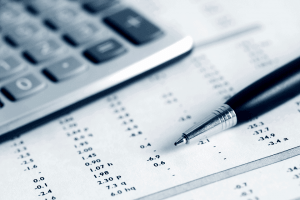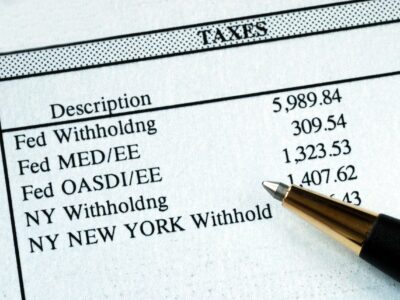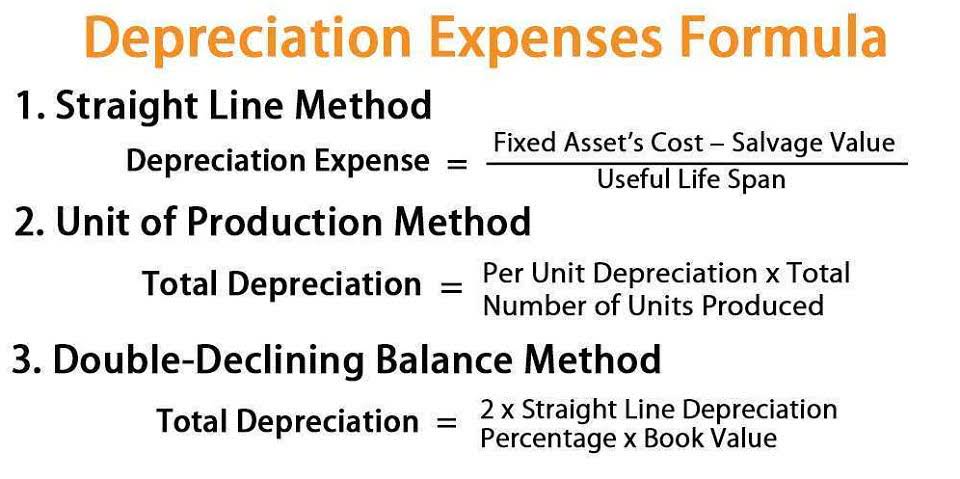
Preparing a bank reconciliation when you receive your bank statement every month helps you verify the amount of cash in your checking account. Zooming out, cash reconciliation is the process of comparing “expected payments” within an internal database against “actual payments” within your bank’s database. When recording your cash register totals, be sure to account for your beginning balance (e.g. $100).
How to Balance Your Cash Drawer Like a Boss

An effective end-of-day sales reconciliation process is crucial for maintaining financial health and spotting opportunities for growth. By closely analyzing reconciliation data, restaurant owners and managers can make informed business decisions that enhance profitability. Let’s delve into how you can leverage data from your daily sales reconciliation, using a structured approach like the End-of-Day Sales Reconciliation Checklist, to steer your restaurant towards success.

Magestore’s eCommerce POS System

Credit purchases and payments on account are entered in these two columns, respectively. At the end of the month they are totaled and posted to the control account in the general ledger. Interpreting reconciliation results is more than a matter of accuracy in your financial records. It provides a window into the operational efficiency and market trends that directly impact your restaurant’s bottom line. By analyzing key metrics such as sales patterns, payment method preferences, and discrepancies, you can tailor your business strategy to meet customer demands and optimize operations.
Boost Profits: Smart Daily Sales Reconciliation for Restaurants
This not only helps in spotting discrepancies quickly but also in maintaining consistency end of day cash reconciliation in your financial records. For a robust cash handling and management system, consider following a comprehensive checklist available at Manifestly Checklists. The principal purpose of cash reconciliation is to maintain accurate financial information and ensure financial statement integrity . It involves checking all cash-related transactions from the opening balance to the closing balance. This may comprise reconciling deposits, withdrawals, bank fees, interest, or any other cash related activities. Used routinely, cash reconciliation ensures that sales receipts and cash on hand match.
Then count the cash in the register and compare it to the sales receipt total. Once identified, records can be adjusted to reflect one or more reconciliations. Last but not least, everything needs to be documented, including unreconciled transactions. Reconciliation in accounting is not only important for businesses, but may also be convenient for households and individuals. It is prudent to reconcile credit card accounts and checkbooks on a regular basis, for example.
Flush & fill Order Management System
From cash drawer counts to POS system checks, each step is laid out clearly, helping reduce the risk of human error and ensuring a thorough reconciliation process. While performing the reconciliation, you may encounter issues such as discrepancies between receipts and actual cash, or between inventory records and physical stock. To troubleshoot these common problems, ensure that your team double-checks all entries and calculations, looks for any missed transactions, and verifies that all sales have been properly logged. If discrepancies persist, consider additional training or revising your processes for greater accuracy. By implementing a well-crafted end-of-day sales reconciliation checklist using Manifestly Checklists, restaurants can close out their day with confidence, knowing that their financials are in order.
Accounting software is one of a number of tools that organizations use to carry out this process thus eliminating errors and therefore making https://www.bookstime.com/ accurate decisions based on the financial information. Reconciliation of accounts determines whether transactions are in the correct place or should be shifted into a different account. Benchmarking is another potent tool in the continuous improvement arsenal. By comparing your restaurant’s reconciliation processes against industry standards and competitors, you can gain insights into best practices and areas where you may be falling short.
- Like cash reconciliation, its purpose is to catch cash discrepancies, except that it involves matching the cash balance recorded in the business’s GL to its bank statements.
- To troubleshoot these common problems, ensure that your team double-checks all entries and calculations, looks for any missed transactions, and verifies that all sales have been properly logged.
- Since the Payment Processor will withhold the cash, Accounts Receivable must be decreased.
- Find out the most efficient ways to keep your money and your records in line and updated appropriately.
The control account is the total accounts payable balance from your general ledger. The beginning accounts payable total, plus purchases on account during the month, minus payments on account during the month, should equal the ending accounts payable total. Compare this amount to the sum of the individual accounts payable ledgers. This will help you discover any errors you made in recording your payables. The general ledger contains an accounts payable account, which is your accounts payable control account. The cash disbursements journal has accounts payable credit and debit columns.

That’s why you need https://www.instagram.com/bookstime_inc the POS reconciliation accounting exactly like you need to breathe. By analyzing the transactions at the point of sale (POS), you can get deeper insights into your company’s finances. Once all reconciling items have been identified, you can get comfort that cash and revenue balances are reported accurately. When it comes to your cash drawer, the fewer people who access it, the better. Limitations allow you to avoid cash drawer discrepancies and can help you avoid workplace theft.









